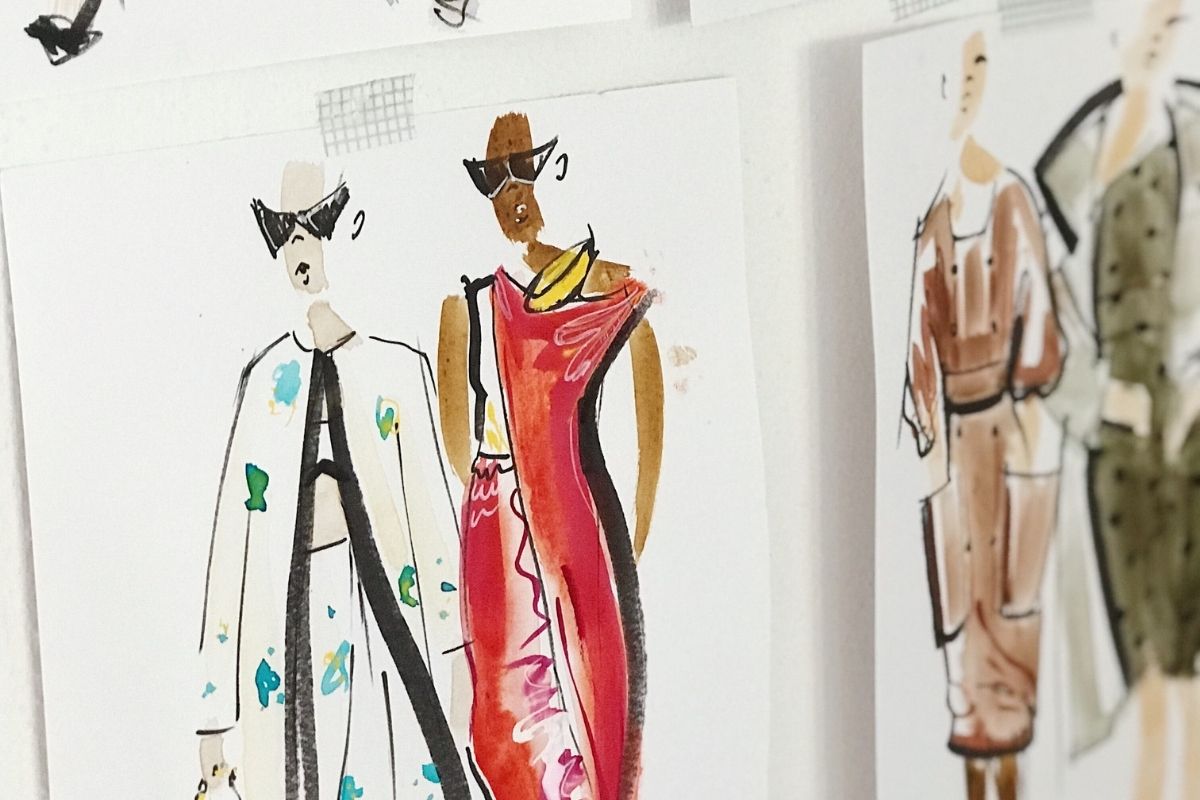Lessons: Sportswear
“Claire McCardell is one of those names that’s synonymous with American sportswear. She is somebody who redefined the sportswear market by adding things such as play suits and swimwear,” Patrick Michael Hughes explains. “She followed her customers from the late 1930s, to war bride, to movement to the suburbs, and into the early to mid-1950s.”
When we take a look at our Claire McCardell shirtwaist dress, we find a number of historical elements. The first of which is the shirtwaist. The shirtwaist is something that is synonymous with American fashion. It’s something that American women at the end of the 19th century into the 20th century are absolutely going to fall in love with. It’s the look of the Gibson Girl, which is really an exciting moment in history and for women. The Gibson Girl is a woman who is going to ride bicycles, operate typewriters, and have dreams of voting.
By the time we take a look at this shirtwaist dress from around 1942-1943, we have a simple cotton dress in war-time kind of proportions. It’s very paired down and very clean with just a tiny little bit of something to keep it fresh and new. The collar is able to be tied into a bow tie.
What’s also fun about this are the prints. This is a whimsical shamrock. Morality prints during World War II are very exciting to take a look at. Who are they fighting for? Why are we fighting? Keeping your morale going and looking pretty while the men are fighting abroad. This is also part of the World War II message and something that McCardell will plug into.
“If you take a closer look at the McCardell shirtwaist dress, you’ll find an interesting enclosure. McCardell was known for interesting enclosures like brass hooks, brass studs, and all kinds of things that are different than just plain buttons. When we started styling and having fun with our timeless shirtwaist dress, we put a Beastie Boys t-shirt underneath it. We tied it with a Double RL Ralph Lauren flannel shirt. We’re mixing an American message, and she’s ready for grunge. Grunge is making a comeback. Grunge never really went away,” Says Hughes.
It’s something that is also tremendously romantic. When we think about grunge, and we think about grunge dressing and the story or the narratives of a songwriter or a poet, and tragic endings. We have a really fun sort of look here.


